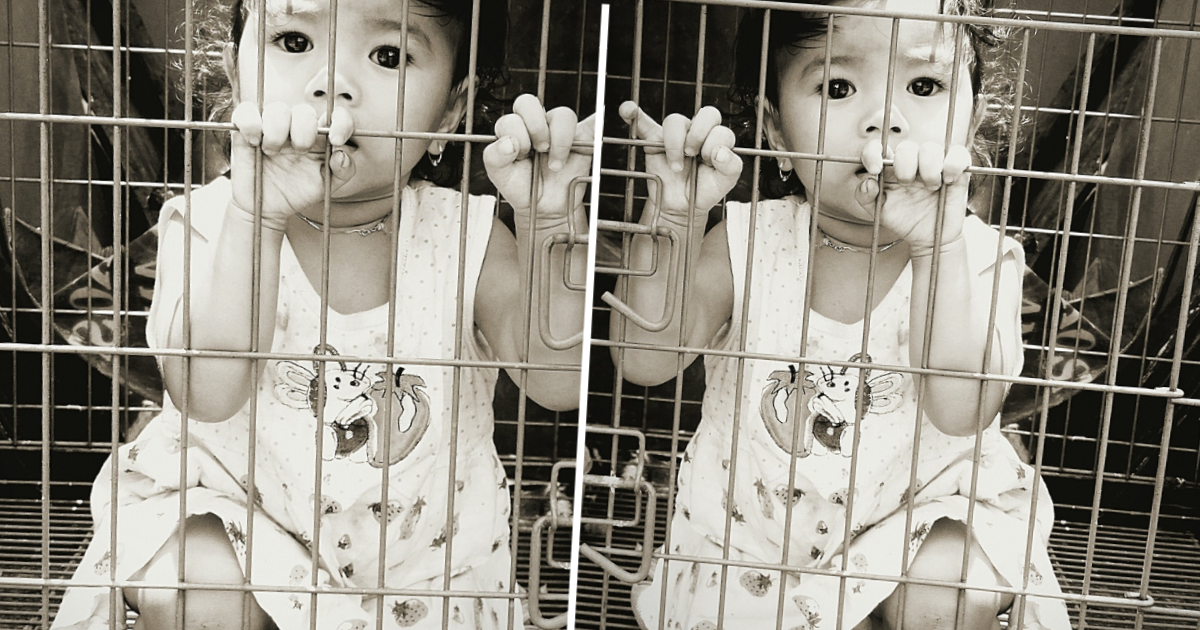Inner city living can come with many benefits. You're close to stores, there's always somewhere to take the kids and you're not too far from the hustle and bustle of every day life. On the other hand, big cities often come with small apartments. Getting out and about with your little ones is a great way of getting some fresh air, but back in the late 19th century, parents went a step too far. A trend known as "airing" started to become popular when Dr. Luther Emmett Holt wrote about the practice in his 1894 book, The Care and Feeding of Children.
According to Holt, fresh air was more than just taking a stroll and getting some exercise. It was required to purify the blood and was just as necessary to a child's health and development as proper nutrition. Holt firmly believed that fresh air - no matter the weather - would "toughen" babies up and make them less susceptible to colds and other common illnesses. He suggested that kids not only get frequent doses of air, but also take cold baths.
When it came to airing the babies, they should be placed in a crib or carriage a few feet from an open window, dressed in light clothing for optimum results. Holt's theory would later be the basis of Emma Read's patent for a portable baby cage. By the 1930s, these wire cages were attached to the outside of apartment buildings, allowing mothers to place babies inside to nap or "take air", no matter how high up they were.
Despite being invented by an American woman, the cages first became popular in London. Cages were distributed to members of the Chelsea Baby Club that lived in high buildings, so their children could get the same benefits as those living in houses with gardens. Meanwhile, across the pond, Elanor Roosevelt had been the first to use an outer wire cage in 1906, decades prior to Read's patent. She used it for her first child, Anna, to nap in - her neighbors were so aghast at the idea that they frequently threatened to call the police.
Thankfully, the popularity of the cages began to wain as the years ticked by, thanks in part to the growing emphasis placed on child safety.

